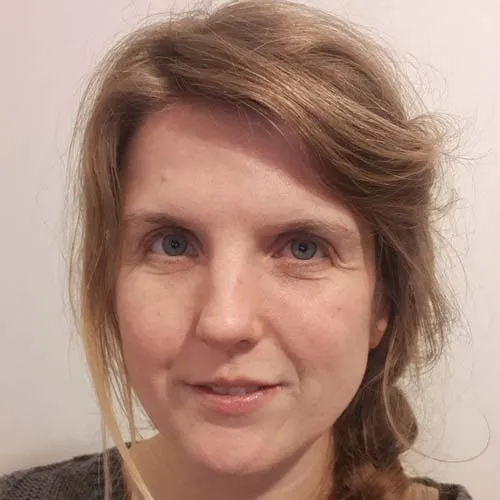Citation
Overview
Population trends are estimated for the first time for twelve species based on Shetland Breeding Bird Survey data collected between 2002 and 2019.
In more detail
We thank Graham Fraser for advice on agriculture in Shetland and Mark Hancock for comments on earlier drafts. Thanks to all surveyors, notably those that have partaken for a number of years: Richard Ashbee, Geoff and Donna Atherton, Gary Bell, Geoff Blackman, Paul Bloomer, Nick Brett, Robbie Brookes, Juan Brown, Graham Bundy, Mark Chapman, Andy Cook, David Cooper, Dennis
Coutts, Wendy Dickson, Steve Duffield, Pat Dugard, Jon Dunn, Nick Dymond, Harry Edwards, Pete Ellis, Margaret Fiddy, Peter Flint, Dick Foyster, Paul Fisher, Rob Fray, Andy Freeman, Joyce Garden, Andy Gear, Sheila Gear, Beth & Tony Gerrard, Paul Goddard, Dave Hall, Phil Harris, Andrew Harrop, Derek Herning, Martin Heubeck, Sally Huband, John-Lowrie Irvine, Barbara Johnson, Carol Johnson, Logan Johnson, Laughton Johnston, Ray Johnston, Micky Maher, Brian Marshall, Karen Mackelvie, Mick Mellor, Will Miles, Steve Minton, Jim Nangle, Jim Nicolson, Rebecca Nason, Reinoud Norde, Kevin Osborn, Dave Okill, Mike Pennington, George Petrie, Jonathon Pinnick, Nathalie Pion, Dougie Preston, Ann Prior, Julie Redpath, Roger Riddington, Iain Robertson, Derek Rushton, Martin Schofield, Guy Smith, Simon Smith, Jenny Sutherland, Jonathan Swale, Roger Tait, Rory Tallack, Brydon Thomason, Howard Towll, Glen Tyler, John Uttley, Sue White, Kris Wilson, David Wood and various wardening staff from Fair Isle Bird Observatory, RSPB and SNH. We also thank the two reviewers for their constructive comments which improved the manuscript.
Abstract
Capsule
Population trends are estimated for the first time for twelve species based on Shetland Breeding Bird Survey data collected between 2002 and 2019.
Aim
To provide population trends for a selection of commoner breeding waders and passerines on the Shetland Isles, the most northerly region of the UK, which has historically been under-represented in national bird monitoring.
Methods
145 self-selected 1-km2 squares were surveyed between 2002 and 2019 using similar methods to the BTO/JNCC/RSPB Breeding Bird Survey (BBS), the main breeding bird monitoring scheme in the UK.
Results
Over 17 years, Eurasian Oystercatcher Haematopus ostralegus, Northern Lapwing Vanellus vanellus and Common Redshank Tringa totanus declined whilst Eurasian Curlew Numenius arquata and Common Snipe Gallinago gallinago showed no significant trends. For passerines, Common Skylark Alauda arvensis and Northern Wheatear Oenanthe oenanthe declined, whilst Common Starling Sturnus vulgaris, Common Blackbird Turdus merula and House Sparrow Passer domesticus increased. Winter Wren Troglodytes troglodytes and Meadow Pipit Anthus pratensis showed no detectable changes. Comparisons with BBS trends for the UK and for Scotland are provided. For Eurasian Curlew, Common Starling and House Sparrow, trends were more favourable in Shetland than elsewhere in UK.
Conclusion
The Shetland Breeding Bird Survey provides useful trends of several bird species, which include important breeding numbers of Winter Wren and Common Starlings (both endemic subspecies), as well as nationally important wader populations. We recommend increasing the number of survey squares sampled each year, which would increase the precision of population trends produced from them. The inclusion of a random or stratified element to square selection would help to ensure that these trends are representative of the wider region.

